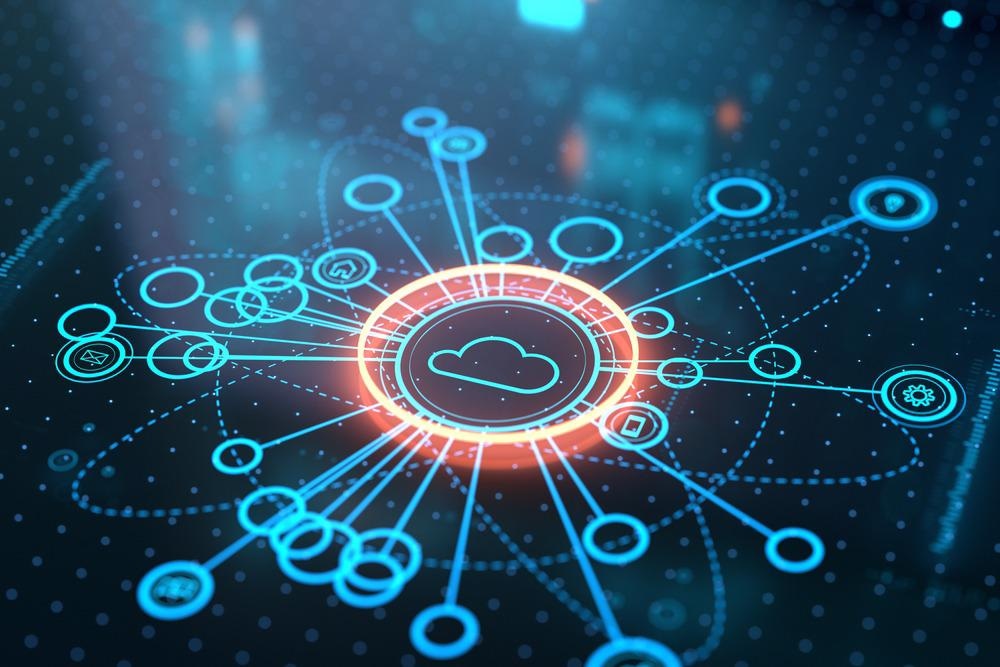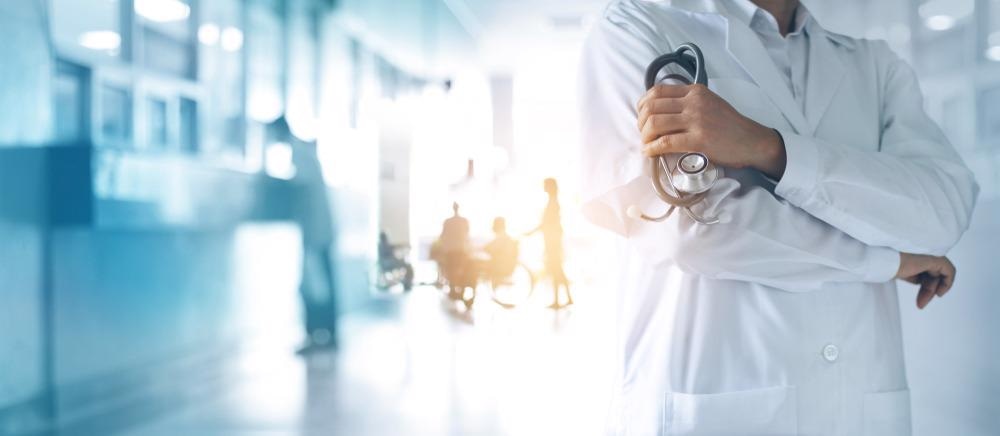In 2018, there existed more than 23 billion connected devices. Generous estimates suggest that more than 80 billion devices will encompass our electronic world. This is "The Internet of Things" (IoT), and it serves as a platform for humanity. It facilitates the mundane parts of life, easing the minutiae of everyday chores and tasks. Prior to this new platform, the internet was only limited to devices such as smartphones or desktop/laptop computers.

Image Credit: amgun/Shutterstock.com
Most modern hardware is woven together through the IoT in a tapestry of nodes and signals. It has been agreed that IoT is classified as "Deep-Tech," pushing the boundaries of what we know to be possible. Through a surfeit of different sensors, the average person can now automate their smart cars, phones, air conditioners, and any other appliance connected through a cloud. IoT encompasses all these things in a weaving network of electrical signals, gathering and sharing data with each nod/device.
Sensors Role in IoT
A "sensor," in the simplest term, is something that collects data, emitting it to a digital interface of some sort. The data emitted is continuous and can chauffeur enormous amounts of information. These sensors are embedded in much of the technology we use today, such as mobile phones, traffic signals, and many home appliances. These nods can measure humidity, temperature, light, and several other parameters. The obtained information is translated into one common language that the IoT platform can interpret. The data captured via sensors is processed through the network via gateways, obtaining analytics on how valuable and pertinent the information is. Developers take note of this, implementing further designs for a better user experience and improving speed and efficiencies.
The role of General Devices in IoT
Between the sensor and the cloud, there exists an intermediate we refer to as a general device, such as home appliances, smartwatches, cars, etc. These are the central components of the data hubs, exchanging data by wired or wireless means. An appropriate example of IoT (the relationship between sensor, general device, and cloud) would be a smart home. Domestic sensors such as thermometers, smoke detectors, and security systems can all be consolidated to a general device- the homeowner's smartphone.
The Fourth Industrial Revolution
People have been interconnected via the internet for years now. This mimicry can now be seen in inanimate objects and smart devices; collaborative, interwoven and remotely monitored. IoT is now considered one of the cornerstones in this "fourth industrial revolution" we now find ourselves in. This correlation between the increase in technological advancements and the increased size/prowess of the IoT is exponential, following Moore's Law. This posits that the number of transistors on microchips will double every two years. Made in 1965, this law is a testament to the boundaries of technological progress.
The Internet of Medical Things
Unpaid medical bills (medical debt) embody the largest flux of American debt from 2009 to 2020, drawing the attention of innovators and technologically driven firms. This has led to "The Internet of Medical Things" subsection, where healthcare professionals use these smart technologies to advance medical equipment and positive patient prognoses. Analog medical devices such as ultrasound probes, glucose monitoring apparatus, and blood pressure devices are becoming obsolete. They are beginning to pave the way for IoT healthcare devices such as smart pills, connected contact lenses, and robotic surgical instrumentation. Medicine is data-driven, leading to AI diagnostics that will alter our notion of well-being.
We now have the potential to scale sensors and even general devices down to roughly a nanometer (1x10-9 meters). Biomechanical engineers foretell nanobots that scale to the cellular level- nodes themselves that can link our brain directly to the internet. These technologies are even deployed within the public sector, such as Elon Musk's "Neuralink." This automated edge holds more than just thought-associated access to the internet. Sensory and motor restoration, alongside the ameliorating of neurological plaques and abnormalities, are within our reach.
AI scholars and philosophers do more than preach this technology as a modus to access the internet; they believe it is fundamental in the next stage of our evolution. Elon Musk and many other tech innovators believe that the brain-to-machine interface may help our race against technology. Musk posits that "Neuralink" and its analogs will "help humans avoid being house cats to artificial intelligence).
Though humans are linear by nature, this new frontier may allow for exponential biological growth, an unheard-of concept for the longest time. IoT, grounded in the digital cloud, may act as a storage and processing unit, providing connectivity through applications like Zigbee or Bluetooth. It ensures ubiquity while supporting a surfeit of different devices. It spans from the tiniest sensors to data storage vaults that stretch millions of square feet.

Image Credit: PopTika/Shutterstock.com
Sources:
- Javaid, M., & Khan, I. H. (2021). Internet of Things (IoT) enabled healthcare helps to take the challenges of COVID-19 Pandemic. Journal of oral biology and craniofacial research, 11(2), 209–214.
- Kliff, Sarah, and Margot Sanger-katz. (7/20/2021) "Americans' Medical Debts Are Bigger than Was Known, Totaling $140 Billion." The New York Times
- Musk E; Neuralink. An Integrated Brain-Machine Interface Platform With Thousands of Channels. J Med Internet Res. 2019 Oct 31;21(10):e16194. doi: 10.2196/16194. PMID: 31642810; PMCID: PMC6914248.
- Zikria, Y. B., Kim, S. W., Hahm, O., Afzal, M. K., & Aalsalem, M. Y. (2019). Internet of Things (IoT) Operating Systems Management: Opportunities, Challenges, and Solution. Sensors (Basel, Switzerland), 19(8), 1793.
- Pradhan, B., Bhattacharyya, S., & Pal, K. (2021). IoT-Based Applications in Healthcare Devices. Journal of healthcare engineering, 2021, 6632599.
- Pisarchik, A. N., Maksimenko, V. A., & Hramov, A. E. (2019). From Novel Technology to Novel Applications: Comment on "An Integrated Brain-Machine Interface Platform With Thousands of Channels" by Elon Musk and Neuralink. Journal of medical Internet research, 21(10), e16356.
- Shalf J. (2020) The future of computing beyond Moore's Law. Philos Trans A Math Phys Eng Sci. 2020 Mar 6;378(2166):20190061. Epub Jan 20. PMID: 31955683.
Further Reading